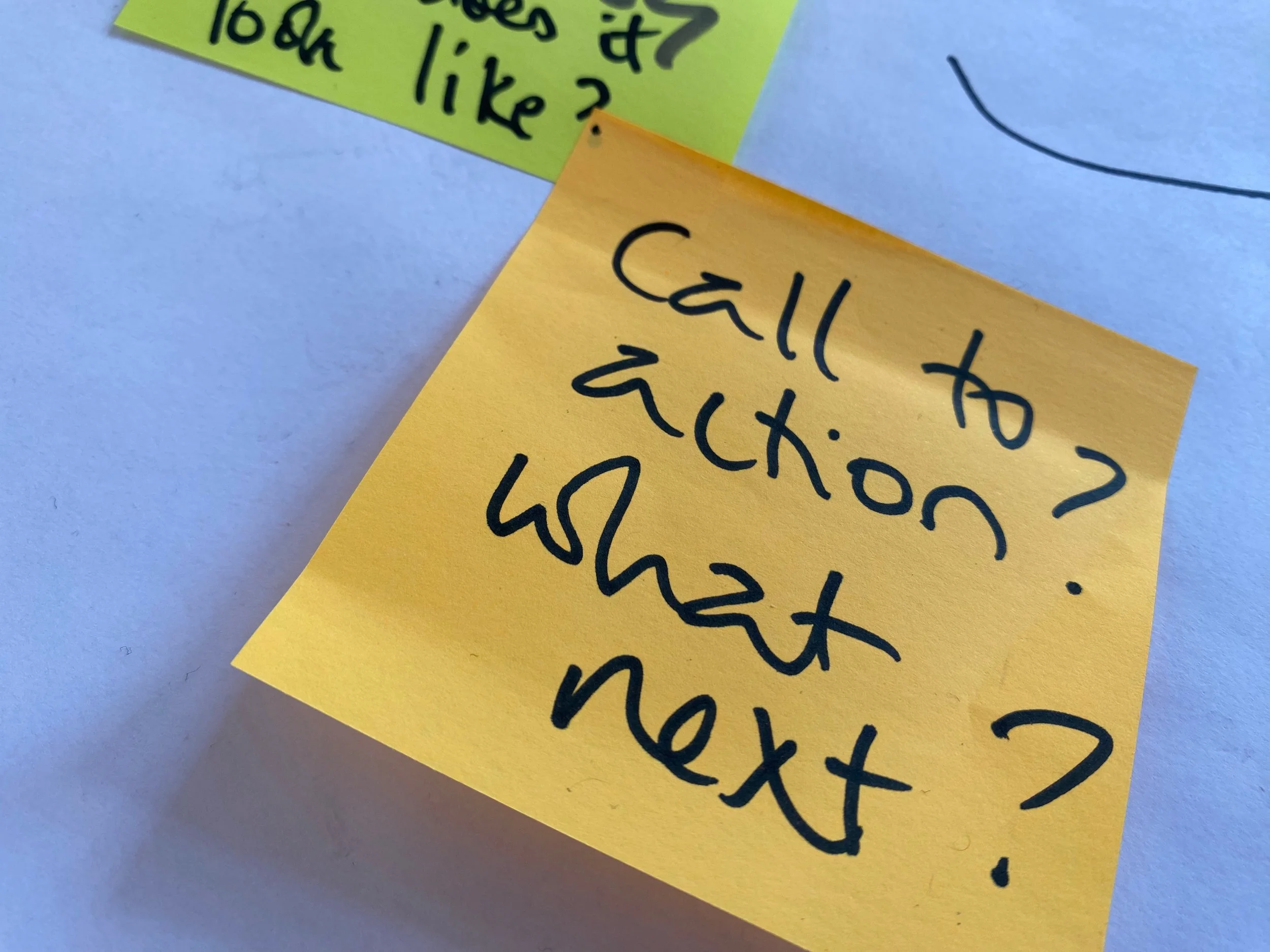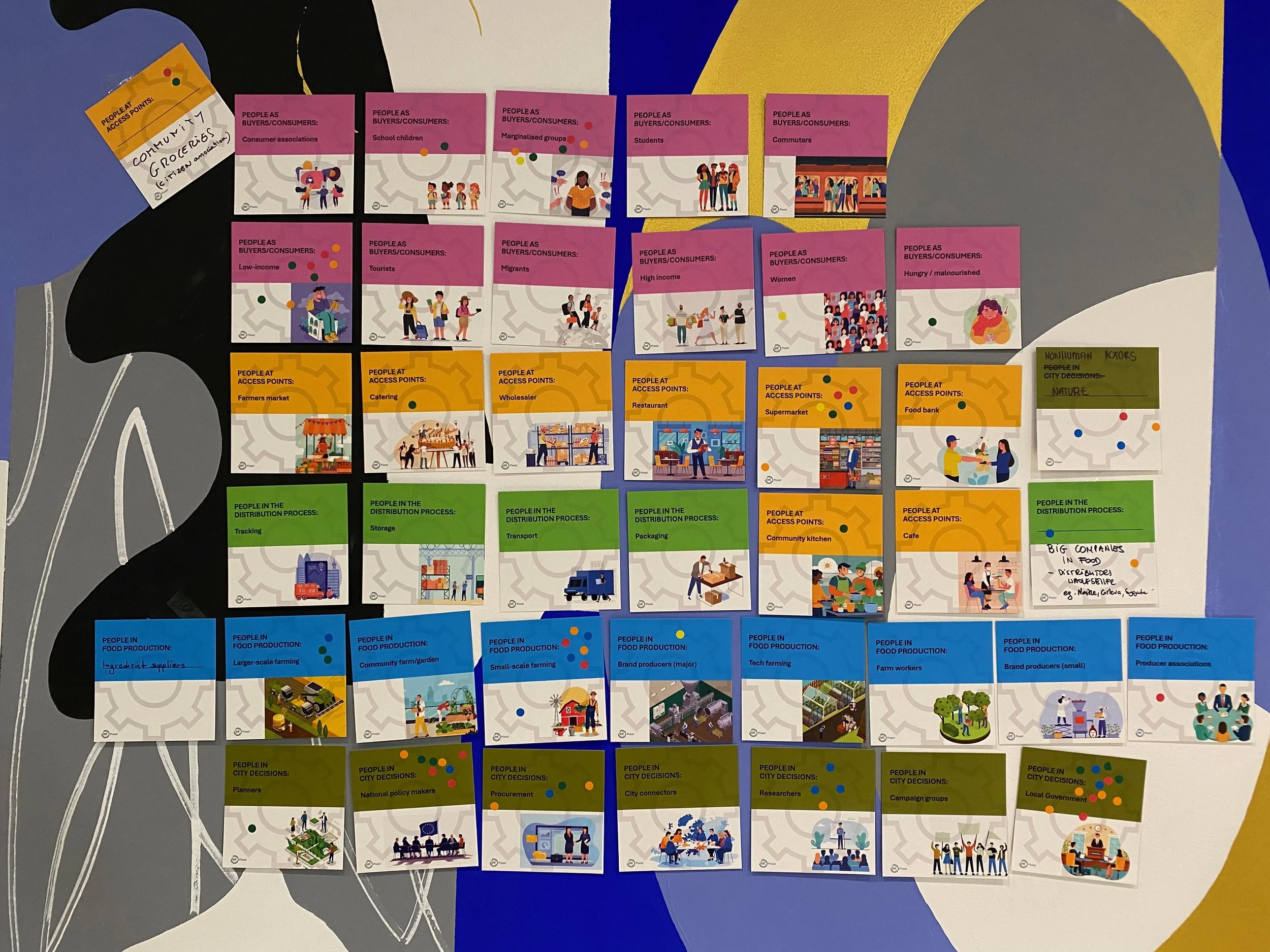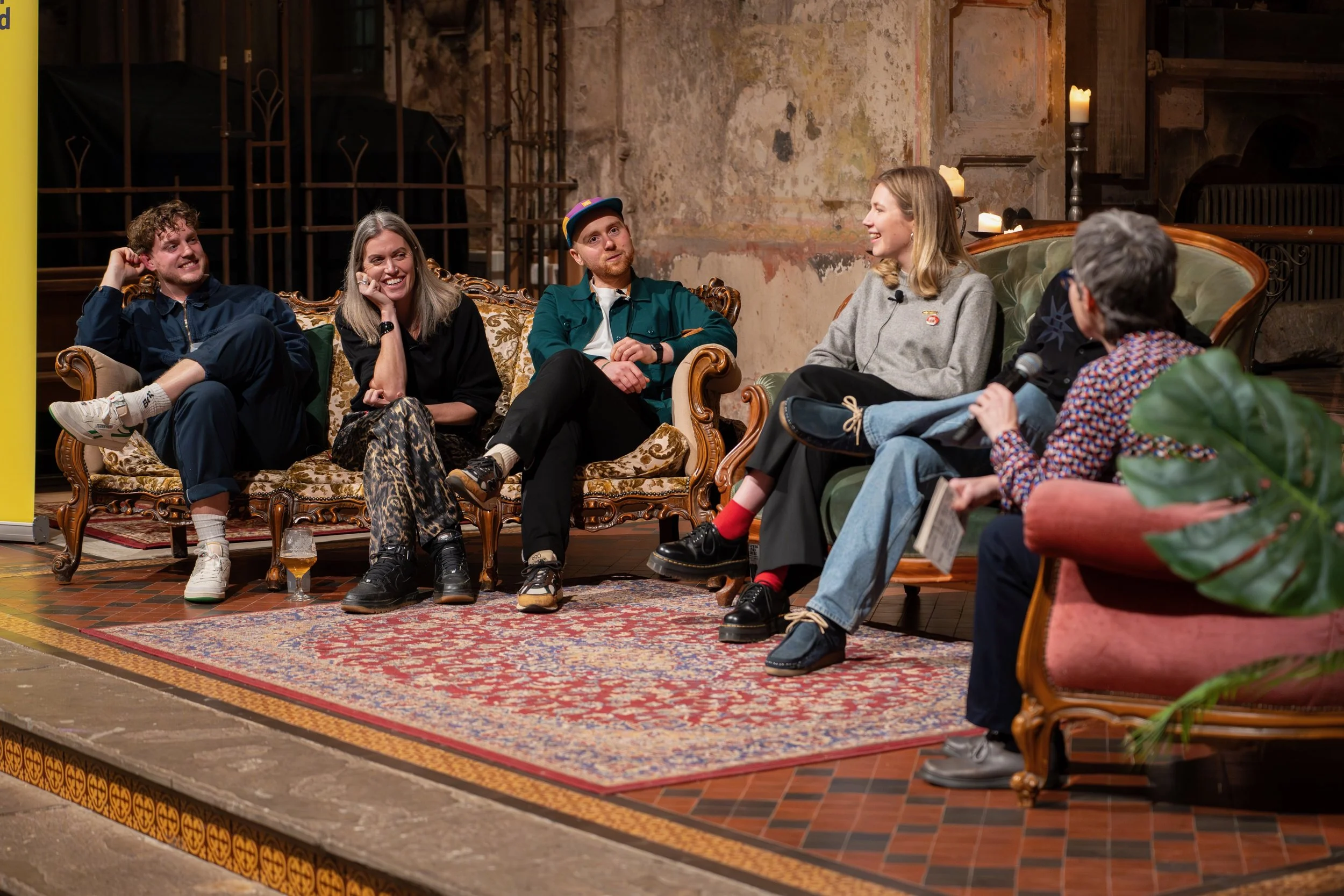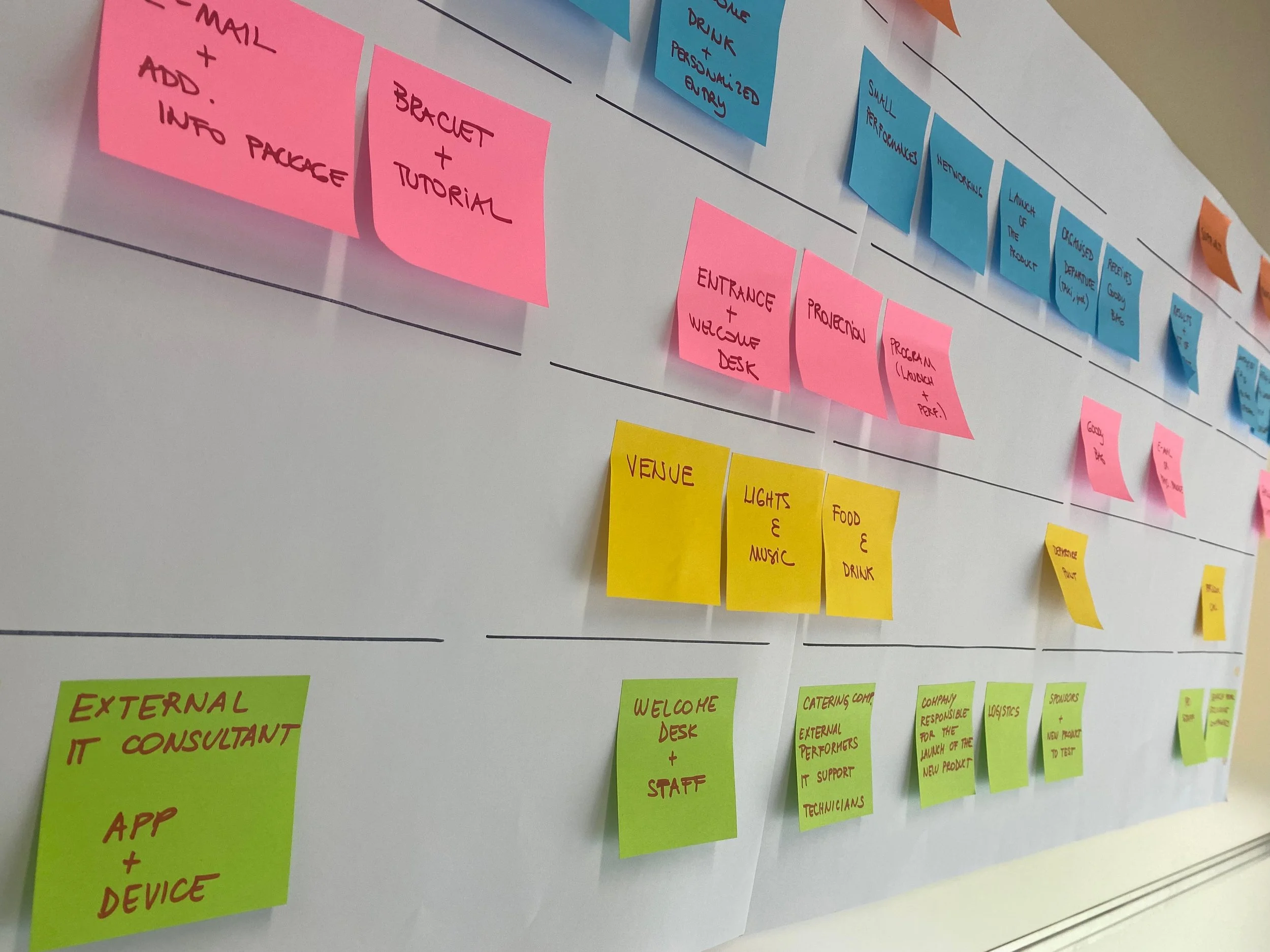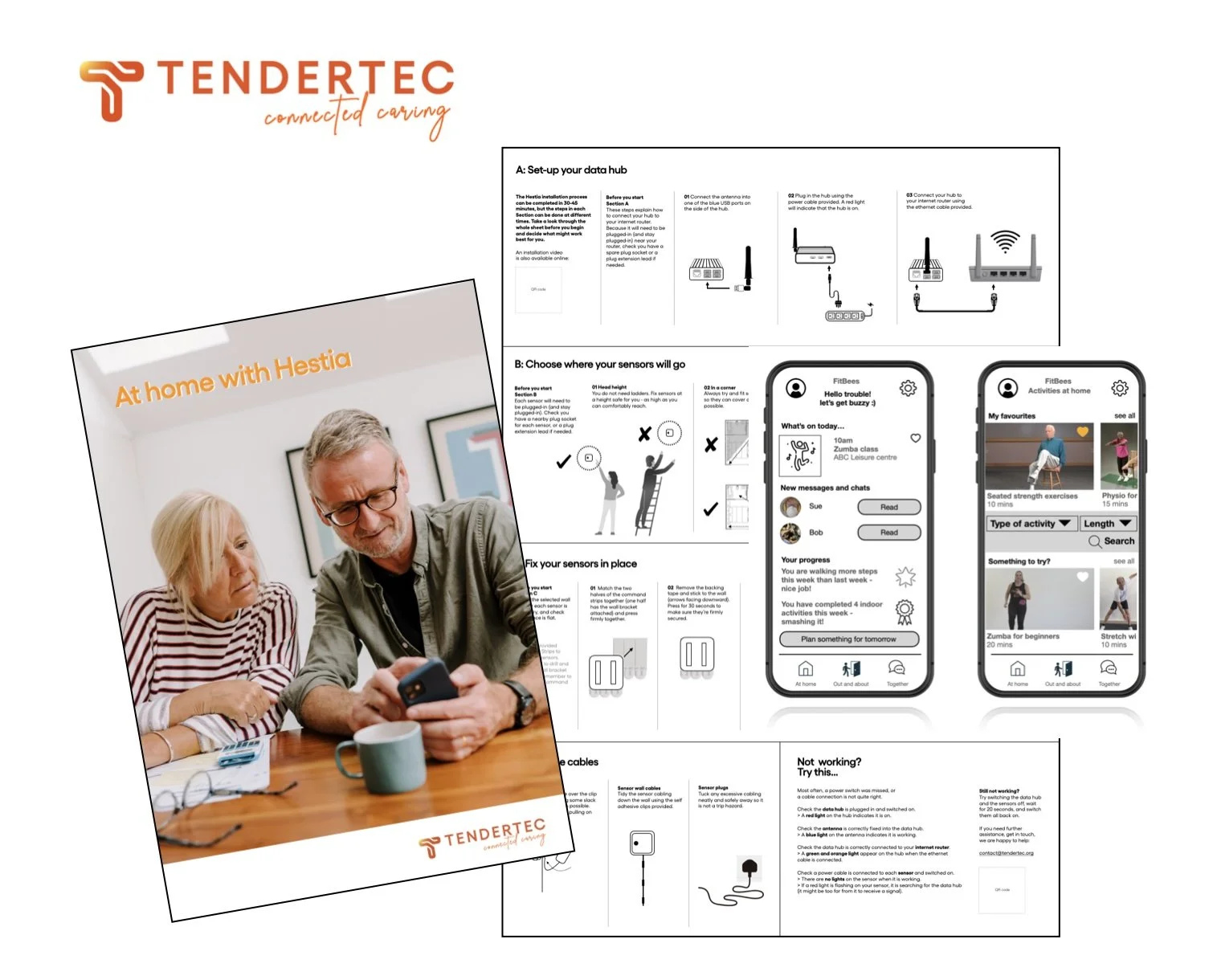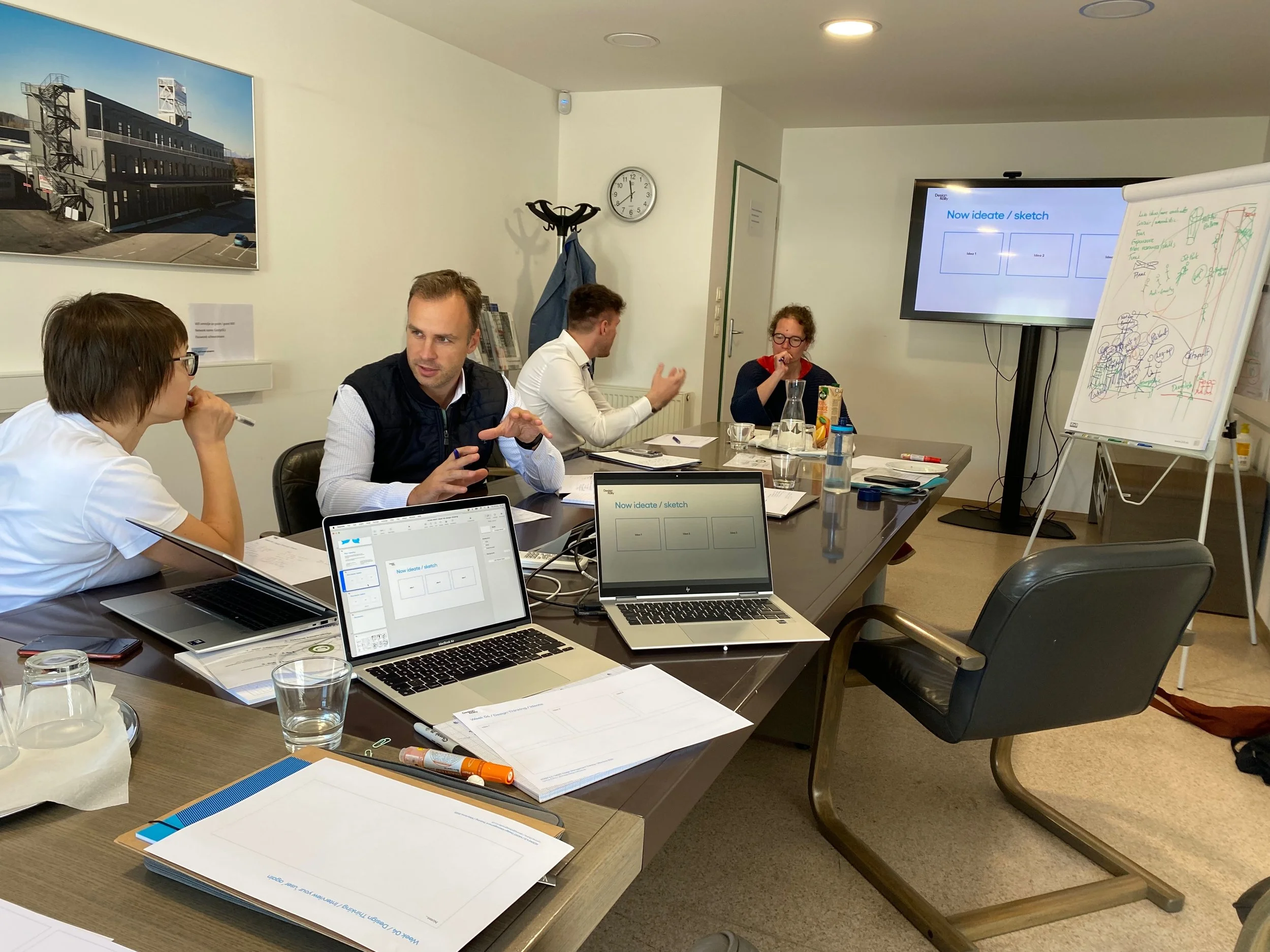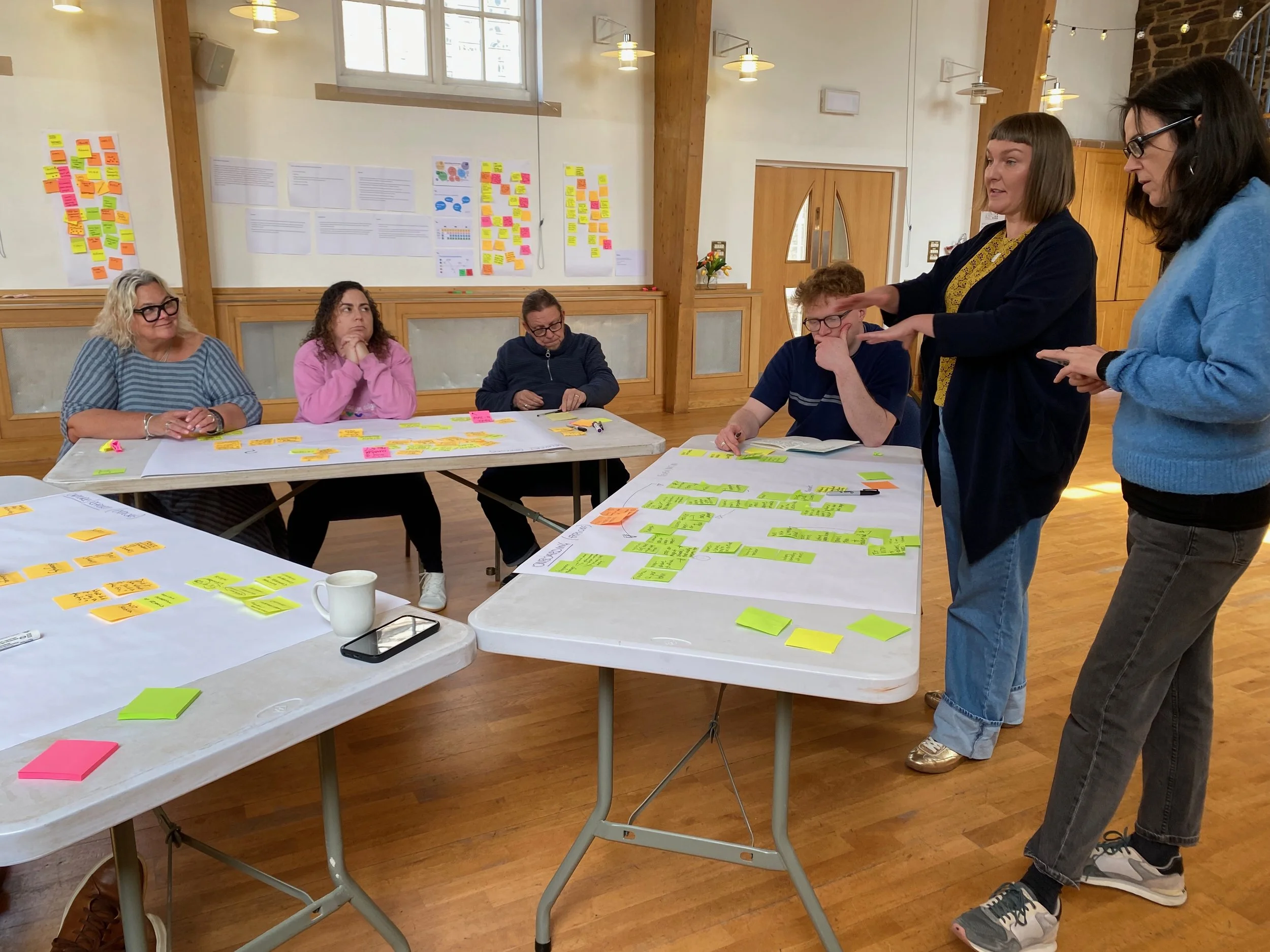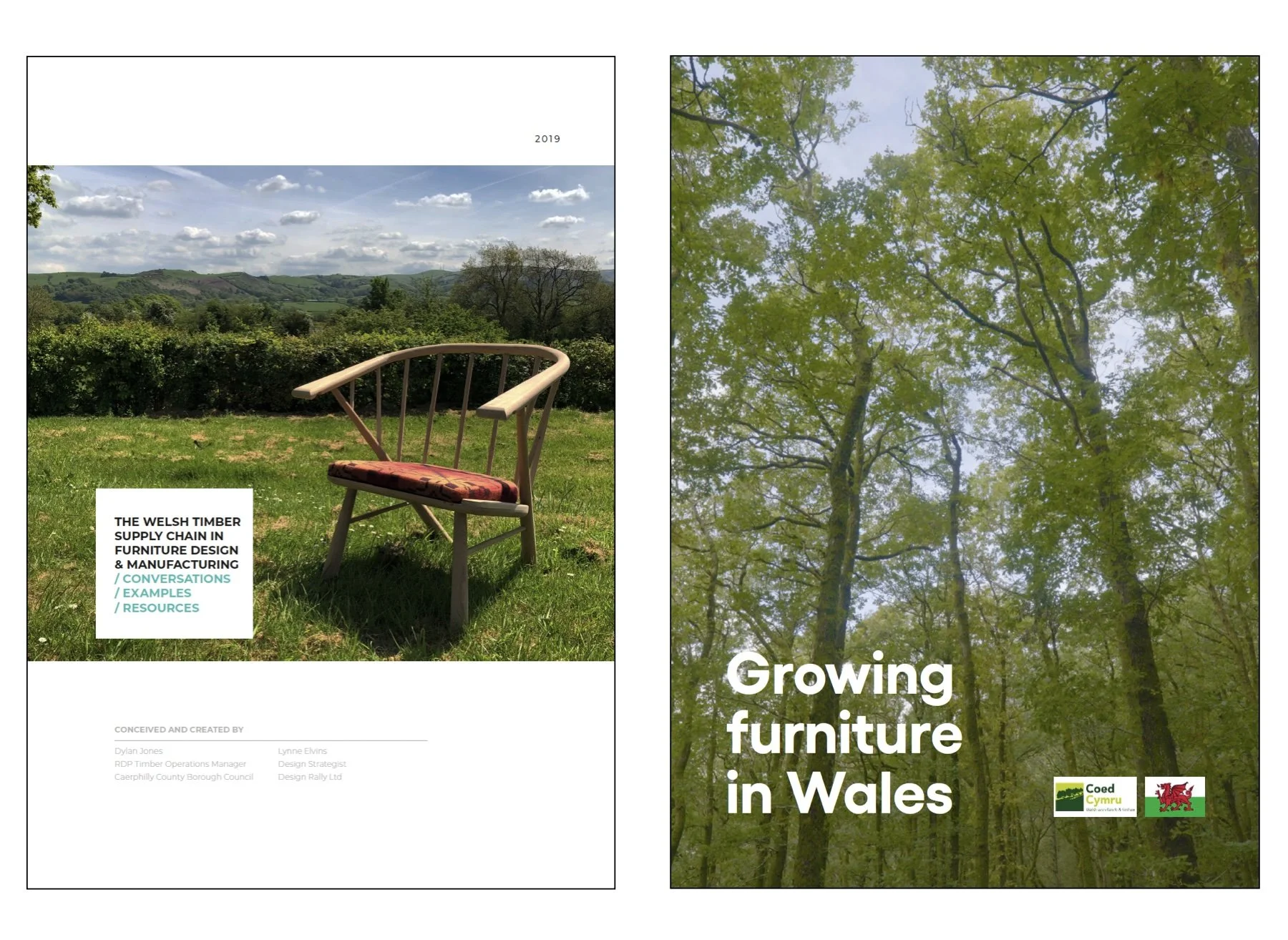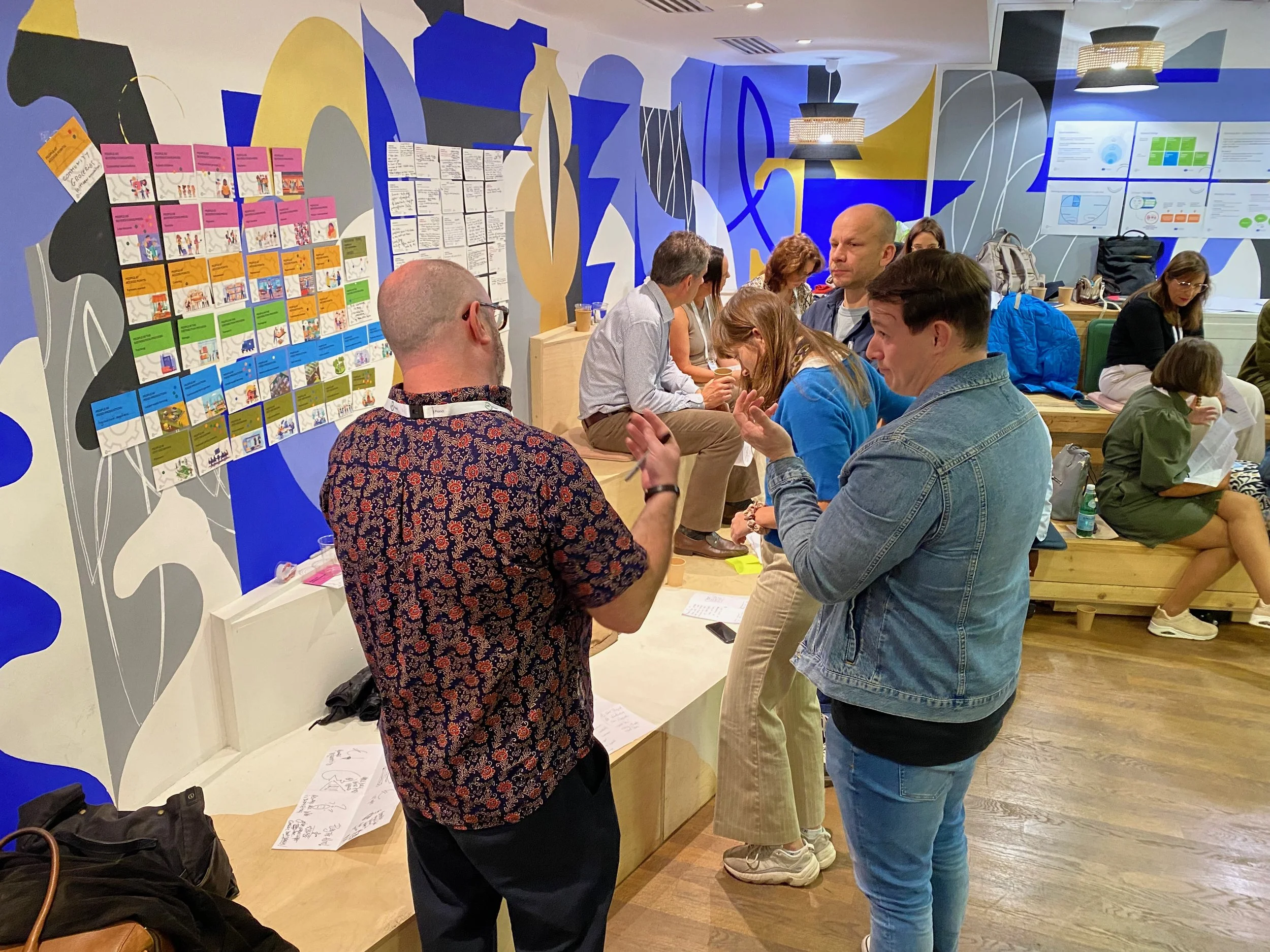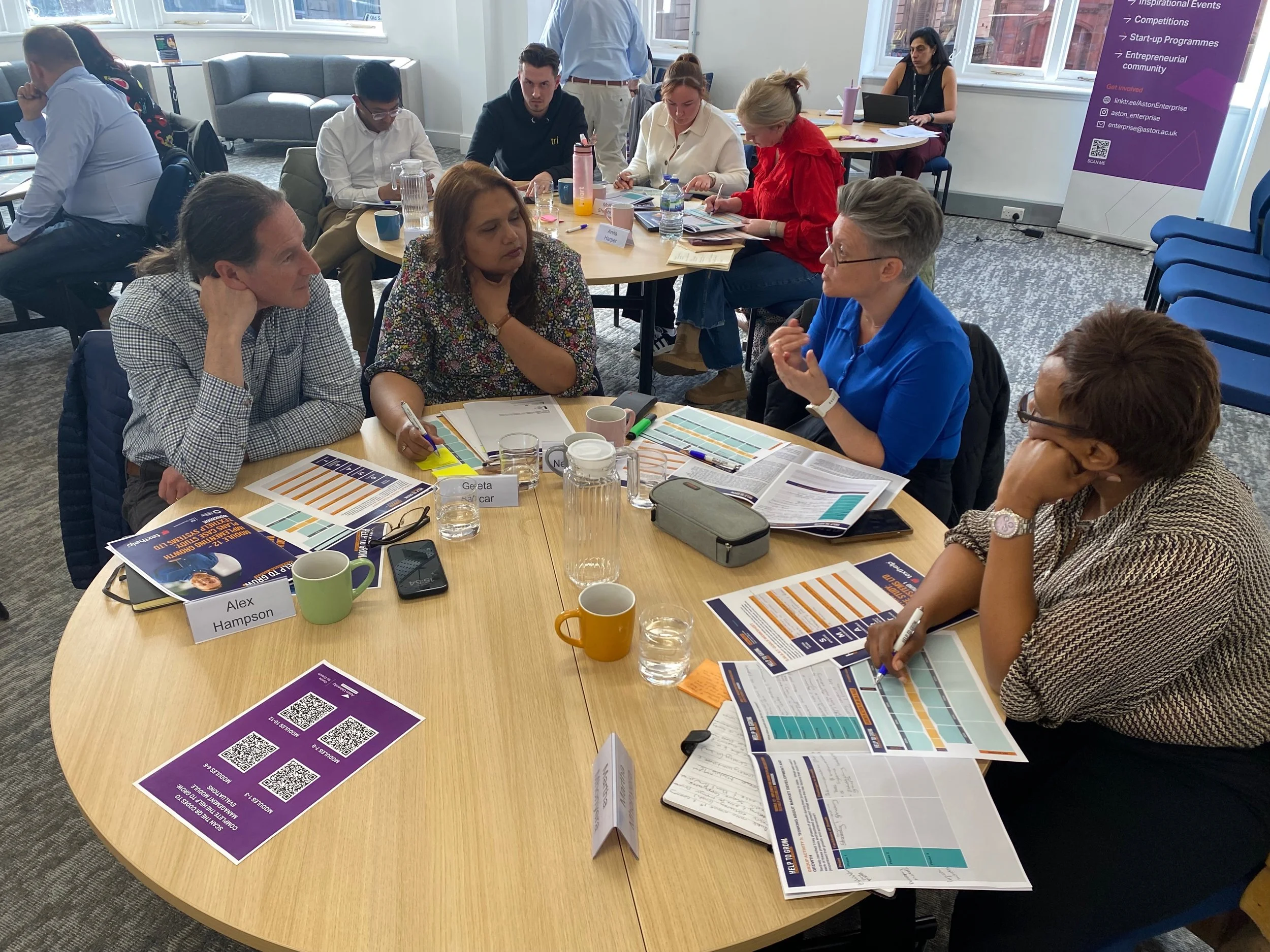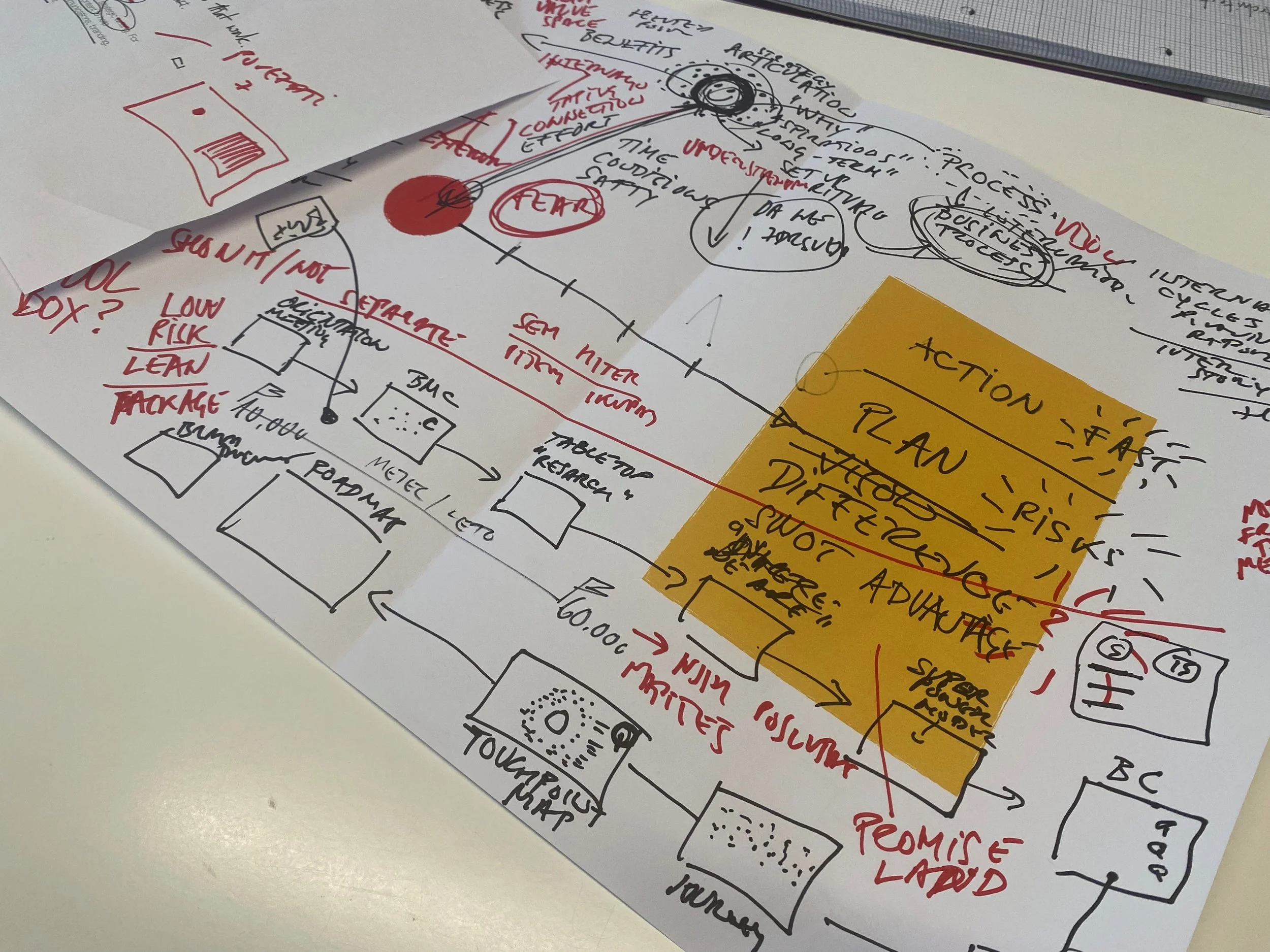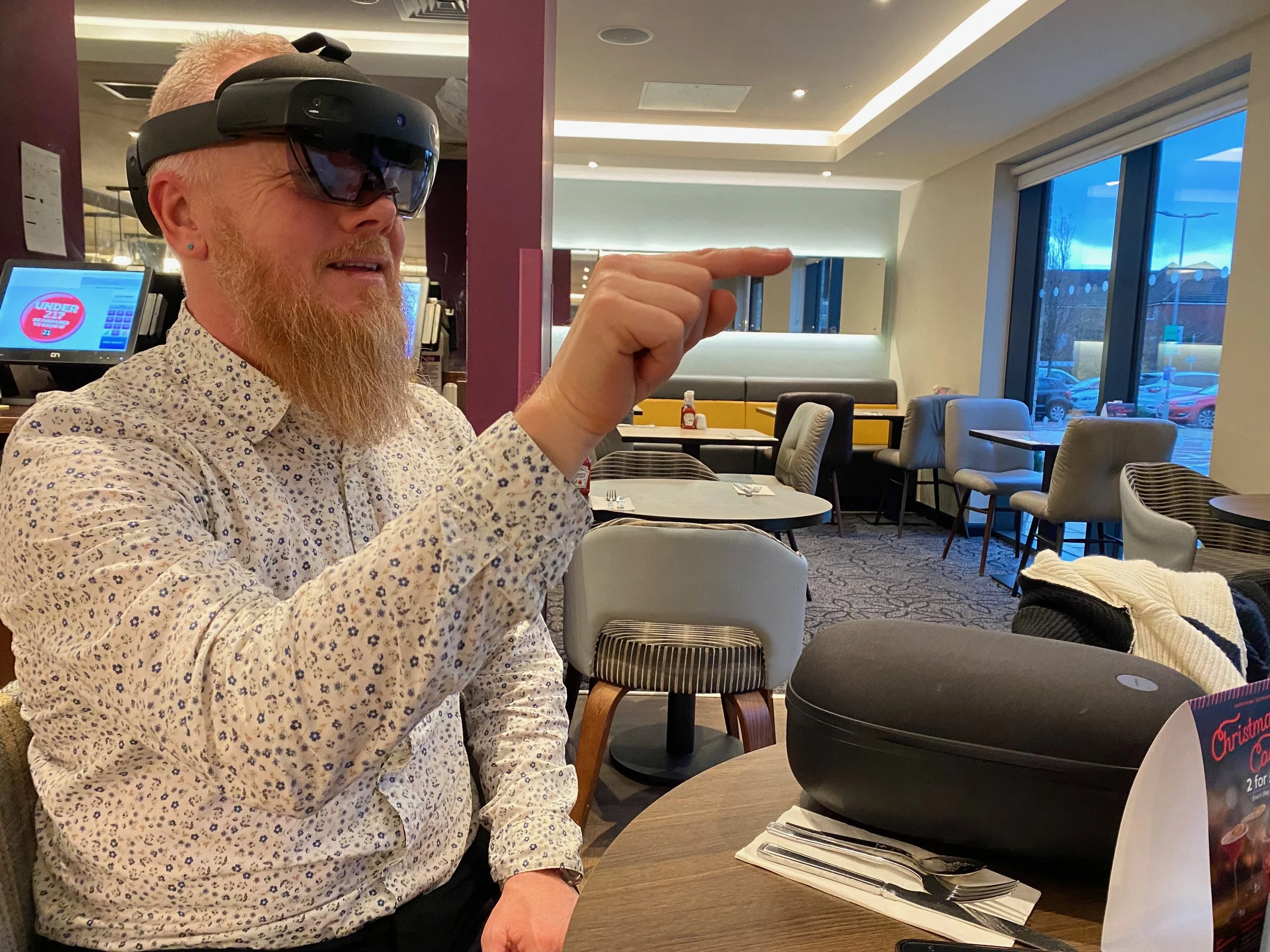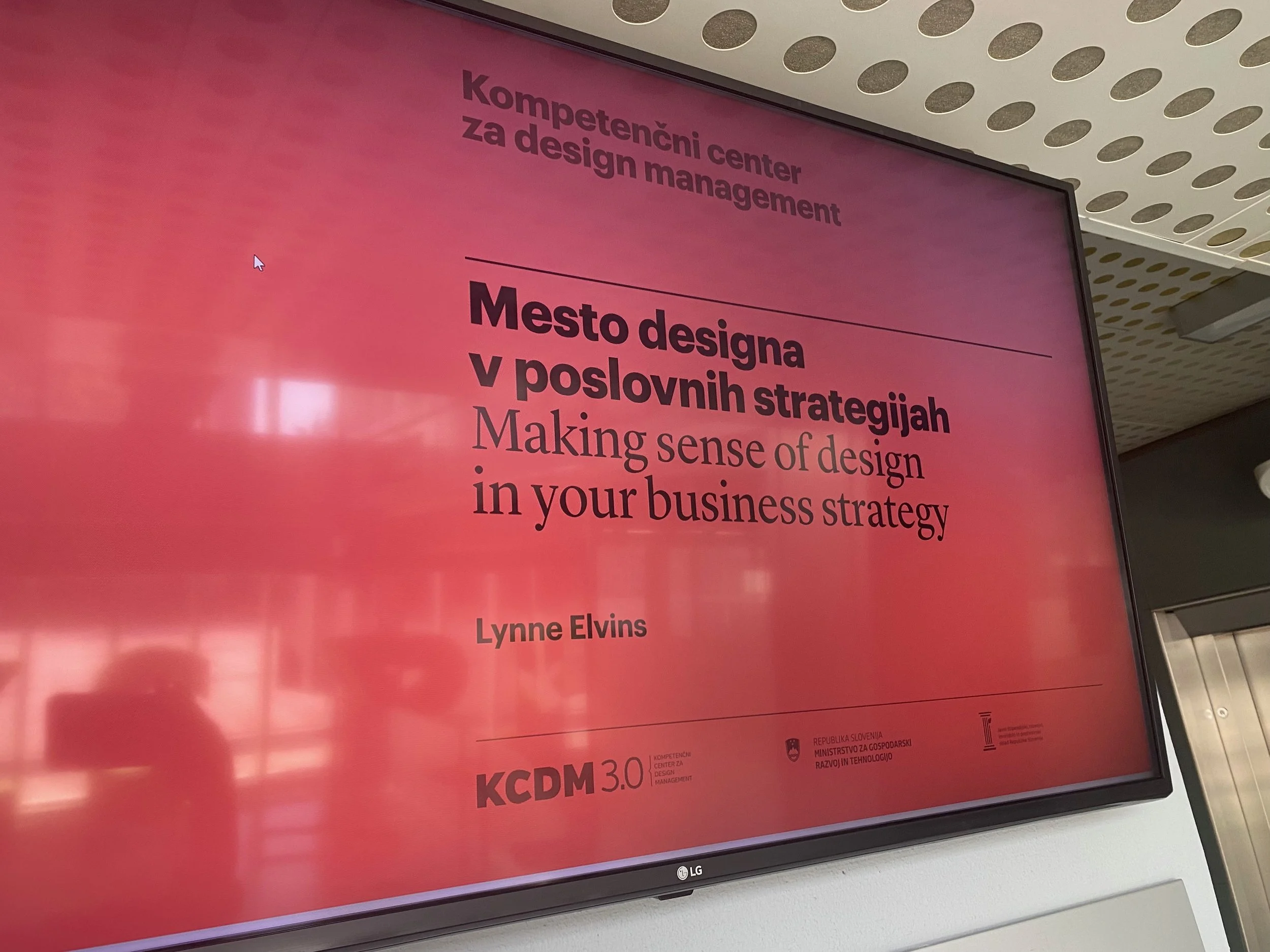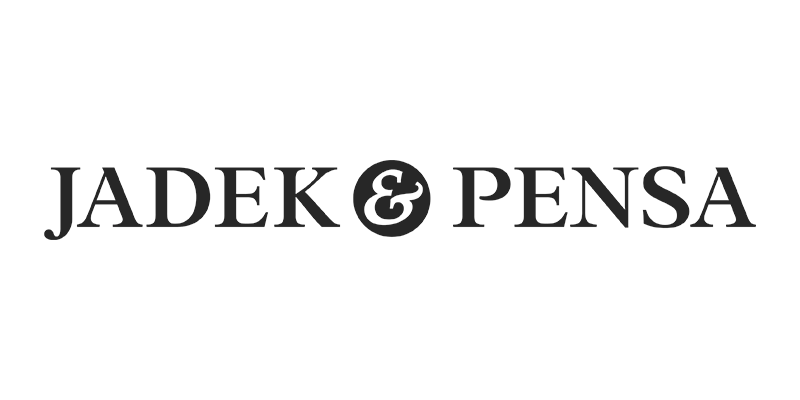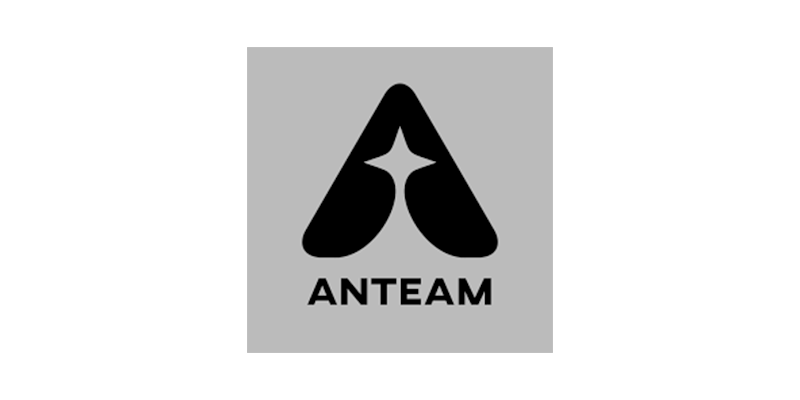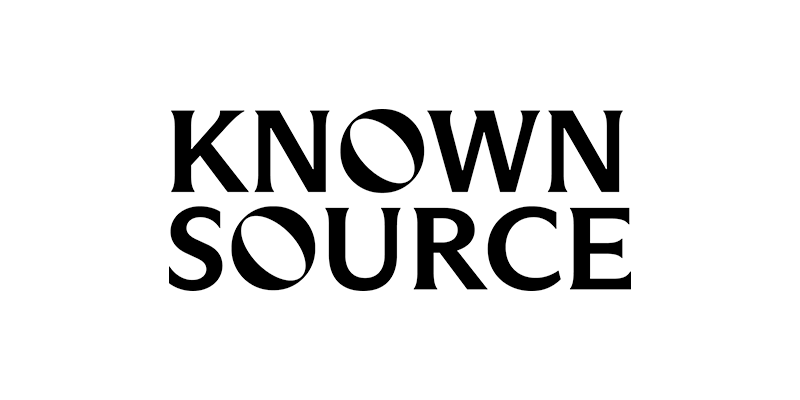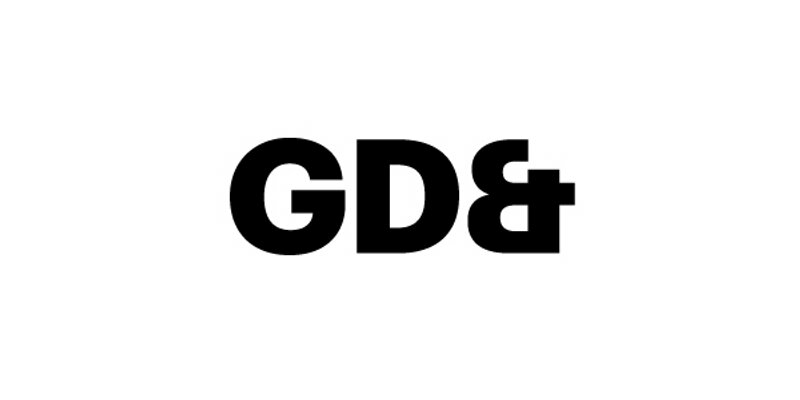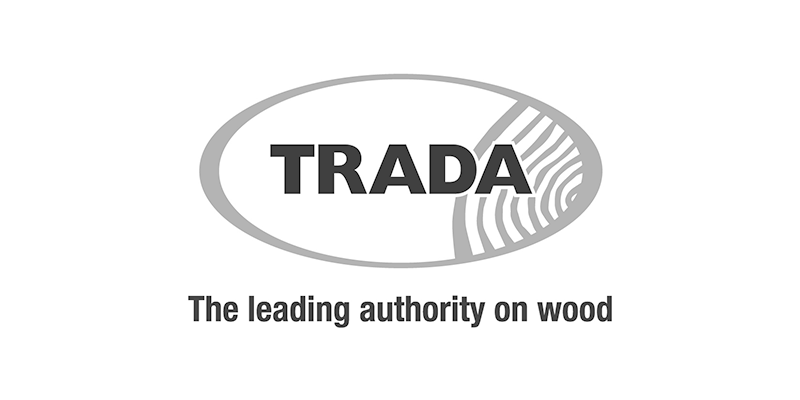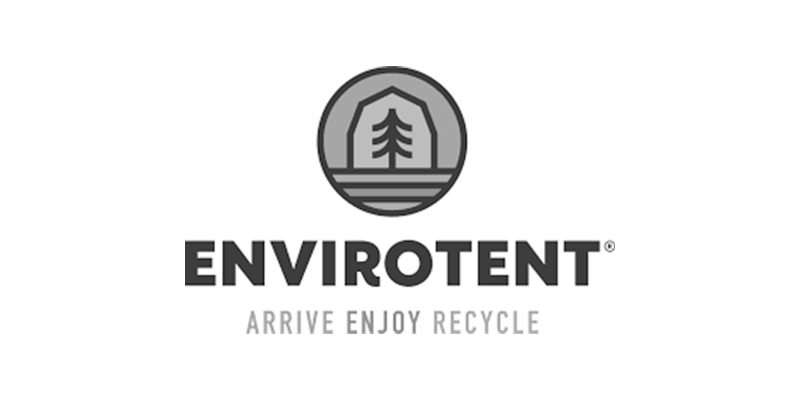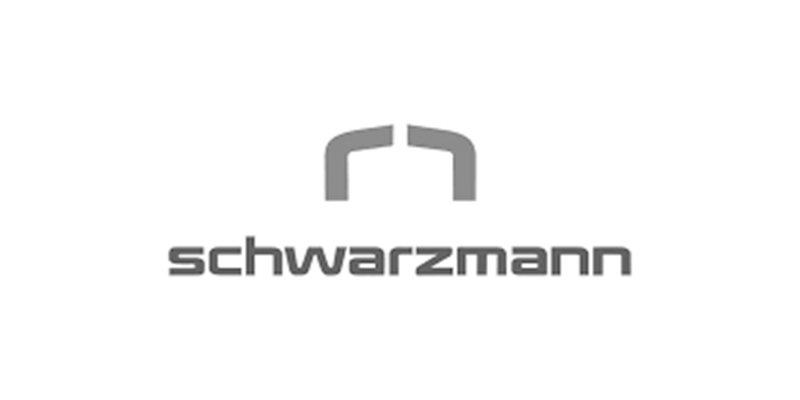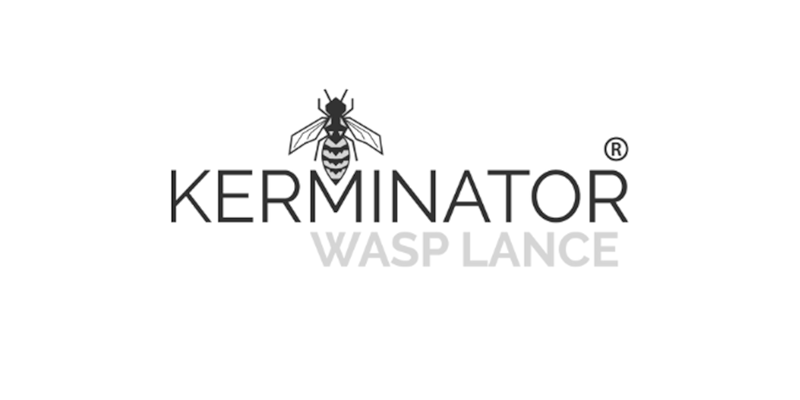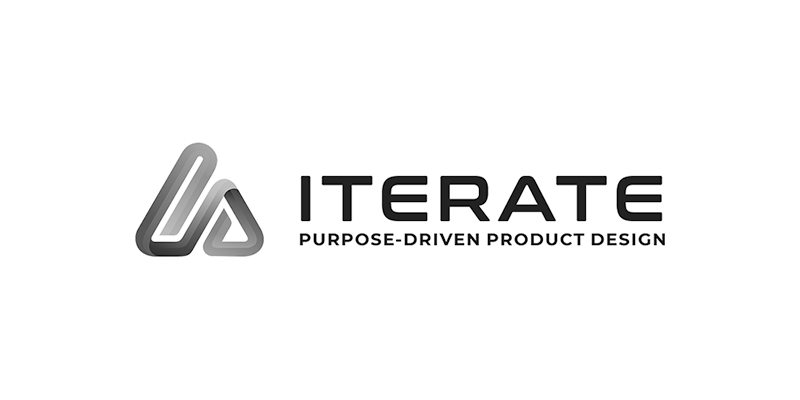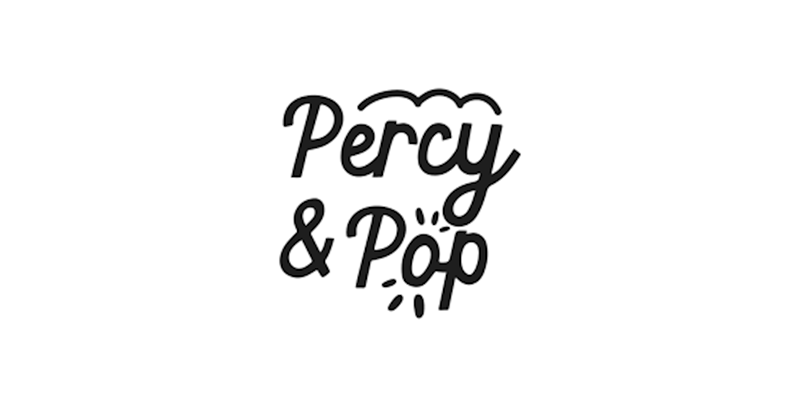Projects
Facilitating senior teams, family businesses, start-ups, cultural and charitable organisations
Embedding a user-centered and co-design approach
Tendertec
What we did:
// Worked directly alongside the team, partners and users
// Developed communication and installation materials
// Created a sustainable packaging strategy
Tendertec is an award-winning team developing AI data-driven healthcare services that support people to remain healthy, independent and safe. Their Hestia sensor system is designed to automatically alert family members, caregivers or emergency services if someone has fallen. But the commercial success and scalability of any technology product is not just in the potential of intelligent data, but in designing the usability and simplicity of the experience. Co-designing with users informed the development and integration of app design, user interfaces and the appropriate visualisation of selected data. The next challenge was moving from success with care home contracts to a self-install product complete with sustainable packaging and a return/reuse service. The overall aim at every stage is to strengthen the business strategy for wider commercial roll-out.
"What Lynne does is listen to all the plans and ambitions and turns them into an ordered sets of actions. She’s had a front row seat on our journey since the beginning, and her continued support reaffirms our mission and contributes to our success!”
Afroditi Konadari, CEO and Founder, Tendertec
Design Management Training Programme (MOST)
KCDM 4.0
What we did:
// Designed the training programme
// Created learning materials
// Facilitated sessions and feedback
Designed and delivered to small businesses in Slovenia, MOST (meaning ‘bridge’ in Slovene) was created as a 7-week programme of in-person and online learning, delivered once a week. It creates a peer-learning environment with self-development tools to complete between weekly sessions and leads toward the development of a strategic design plan for each participant. Topics include: design auditing, design process, building brands, design thinking, service design, sustainable design and writing design briefs.
“Lynne is highly professional, approachable as a person, and a pure joy to work with. She masters the design leadership complexity and has the incredible ability to clearly reveal the insights, identify the main challenges and direct the participants towards a set of objectives.”
Mojca Mihailovic, Head of Specialised Training, KCDM
Service mapping for a revised delivery plan
Arts Council Wales
What we did:
// Service design workshop planning
// Facilitation and feedback
// Follow-up mentoring support
The Creative Learning team at Arts Council Wales secured the continuation of their highly successful schools programme with an ambitious revised delivery plan. The whole team was facilitated to take a service design approach for mapping the changes and then planning the new phases and layers of delivery. The Programme Manager continued with 1-2-1 mentoring sessions to keep this user-centric approach on track and resolve challenges as they arise.
“Lynne had an incredible knack for helping us dive deep into the core issues, getting under the bonnet of challenging elements that might have otherwise been overlooked. She guided the group with structure and flexibility, encouraging discussion but keeping us on track - standout facilitation.”
Sian James, Programme Manager, Arts Council Wales
Sharing stories from a design supply-chain
Wood LAB Pren
What we did:
// Supply chain research
// Insight interviews
// Report content and creation
Wales lost much of its furniture industry from the 1990s, and this investigative project that resulted in two reports, sought to find new ways to revive it with a proposal for putting Welsh timber at the heart of a new design-led strategy. With some significant barriers for furniture designers to access and work with local timber, it is a challenging space, but with a series of insight interviews with manufacturers, designers and those in forestry and timber, substantial positive opportunities became clear.
“Feedback from the launch event was extremely positive and attendees were impressed with how it was facilitated. Comments about the report have noted that it is the most interesting and accessible read on this topic that people in the industry have ever come across.”
Dylan Jones, Wood Lab Pren
Facilitating
Social Innovation
EIT Food
What we did:
// Workshop planning
// Content materials
// Facilitation
EIT Food wanted a series of workshops that explored food insecurity challenges in cities and how the EIT Food community might drive greater change through Social Innovation. With an online presentation to clarify the approach and a two-day event in Paris, this activity sought to activate the EIT Food network in its role as a convener of food system changemakers.
“The two-day Learning Expedition offered a unique and in-depth look at the challenges and opportunities within the social innovation landscape. I loved the immersive workshop. It underscored the value of practical structures alongside open discussions. And the vibe was super nice!"
Marianne Lemberger, EIT Community Programme Manager
Commissioning the right design agency
Bristol Beacon
What we did:
// Branding project strategy planning
// Agency research and shortlisting
// Design brief development
Colston Hall (as it was called) became a lightning rod in the debates on the legacy of the slave-trader and philanthropist Edward Colston. So, as part of a major transformation project, a reopening would include renaming and rebranding. The communications team were responsible for sourcing a branding agency to take on this project, and needed an accountable process for making this significant decision. Facilitated sessions captured the expectations across the team and a project brief was generated. The entire rebranding process was mapped so the team were prepared for commissioning, sign-off processes and ready to articulate the full range of guidelines and deliverables they would need. Appropriate local and national agencies were researched and long-listed for review, and a short-list of agencies were invited for chemistry meetings. The result was an informed and robust experience that produced a unanimous decision.
“Friendly and collaborative, Lynne gave us a professional structure and pointed out potential pitfalls that we hadn’t even thought about. The brief and interview approach was widely praised by the agencies we met. Our way forward became clear, equitable and fit for purpose. I would wholeheartedly recommend Lynne to help you see and think clearly in preparing an approach to working with creative agencies.”
Sarah Robertson, Communications and Special Projects Director
